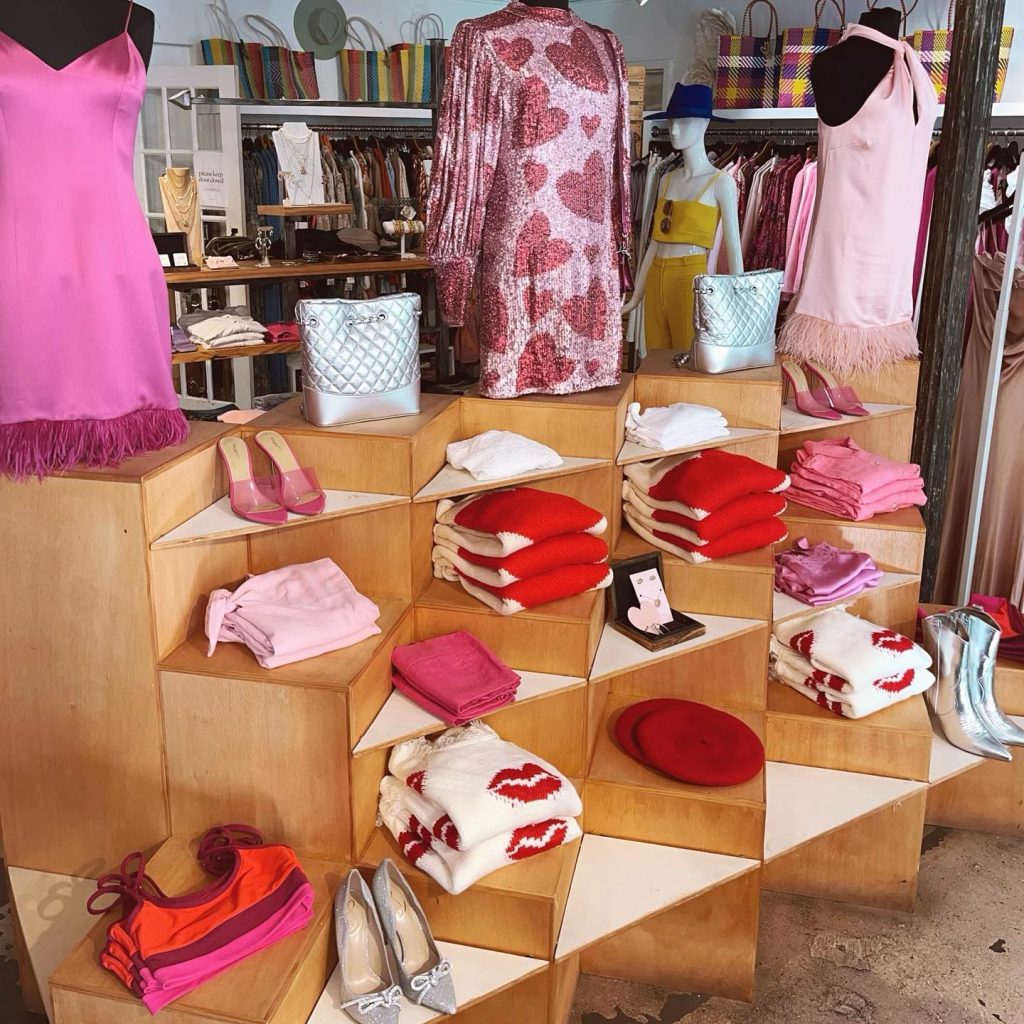A Deep Dive Into the Globe of High-Fashion Runways: Recognizing Clothing as Art
High-fashion paths have become fields where apparel transcends its practical beginnings, evolving into a sophisticated kind of artistic expression. Designers, similar to masterful artists, weave elaborate narratives with material, kind, and shade, testing conventional standards and redefining elegance requirements. These shows are a lot more than simple display screens; they are immersive experiences, where every stitch and joint narrates rich with social significance and progressive advancement. As we check out these sartorial eyeglasses, we must ponder: what function does fashion play in forming societal values, and how does it show the ever-changing tapestry of human emotion and identity?
The Evolution of Runway Reveals
The trajectory of runway shows has actually transformed significantly over the decades, developing from exclusive market occasions to fascinating eyeglasses that mix fashion with art. Generally, path programs made love events, held in ateliers or small places, primarily participated in by purchasers and industry insiders. These very early presentations focused on the garments' craftsmanship and business stability, using a useful and direct display of seasonal collections.
As the fashion market increased, the nature of runway programs began to alter. The 1970s and 1980s noted a transforming factor, with developers seeking to identify themselves through even more staged presentations.
In recent times, innovation and social media have additionally transformed path programs, making them obtainable to a global audience. Livestreaming and digital platforms have equalized fashion, enabling enthusiasts worldwide to witness these events in real-time (boutique fashion). This advancement shows a more comprehensive cultural shift, where high-fashion paths act as a dynamic crossway of style, development, and performance
Designers as Dreamer Artists
Developers in the high-fashion industry have actually obscured the lines in between practical garment creation and the conceptual world of art. By accepting artistic self-controls such as sculpture, painting, and avant-garde installations, developers craft garments that challenge typical style standards and elevate them to art kinds.
Visionary designers attract inspiration from a myriad of sources, consisting of abstract art, historic referrals, and personal stories. They possess an one-of-a-kind ability to envision and appear ideas that press the boundaries of standard style, usually redefining visual standards in the procedure. This imaginative ingenuity is showcased with significant shapes, ingenious products, and complex workmanship, which invite audiences to experience fashion as greater than simply wearable items.
Additionally, the runway acts as a canvas for these artists, where lighting, songs, and set layout coalesce to develop immersive experiences. These discussions are not merely screens of clothing yet are managed performances that stimulate feeling and prompt idea, verifying the designer's duty as a real musician in the contemporary cultural landscape.
Social Influences in vogue
Cultural tapestry weaves its intricate patterns right into the textile of style, influencing designers worldwide. The vibrant interchange of cultural stories, customs, and signs educates and motivates collections that elegance high-fashion runways. Designers diligently draw from their heritage or engage with cultures unique from their very own, crafting garments that function as visual narratives. This social dialogue not you can try here just improves the visual variety yet also promotes a deeper understanding and gratitude of global identities.
The impact of culture on fashion is frequently seen in the reinterpretation of standard garments and patterns. For example, using Japanese bathrobes, Indian saris, or African prints in contemporary fashion shows a mix of cultural authenticity and contemporary aesthetics. Developers such as Valentino's Pierpaolo Piccioli and Alexander McQueen's Sarah Burton have actually been understood to incorporate rich cultural concepts right into their couture collections, equating background into wearable art.

Innovation in Material and Layout
Advancement in textile and layout continually reshapes the landscape of high-fashion, pushing borders and redefining possibilities. Developers are increasingly checking out the combination of innovation, such as 3D printing, which enables for the development of intricate structures that were previously unthinkable.
The fashion industry is witnessing a rise in the usage of green products, acquired from recycled plastics, organic fibers, and also biodegradable elements. Designers are embracing these materials to craft garments that are both aware and visually striking of their eco-friendly impact.
In regards to layout, speculative kinds and progressive shapes are constantly transforming the path. By integrating advanced strategies and unique products, developers grow garments that blur the line in between style and art, establishing brand-new criteria for creativity and expression in the high-fashion ball.
Effect of Style on Culture
Style possesses an extensive influence on society, offering as both a representation of social identity and a driver for social change (boutique fashion). With its development, style has actually useful site mirrored social changes, enveloping the zeitgeist of numerous periods.
In addition, style has the power to bridge cultural gaps, fostering understanding and gratitude among varied groups. As globalisation accelerates, the cross-cultural exchange of fashion ideas becomes increasingly substantial, advertising inclusivity and variety. The rise of streetwear, originating from city subcultures, illustrates exactly how style can go beyond socio-economic boundaries, providing people a means of self-expression and empowerment.
Fundamentally, style is not merely about looks; it is a vibrant force that influences worths, mindsets, and societal progression (boutique fashion). By continuously communicating with social and cultural currents, style continues to be an indispensable component of the cumulative human experience

Verdict
Designers, akin to visionary artists, manage collections that show identity, feeling, and social narratives, challenging conventional appearances. This intersection of fashion discover here and virtuosity not only mesmerizes audiences globally however likewise affects social perceptions and advertises a much deeper recognition for social diversity.

Social tapestry weaves its complex patterns into the material of style, influencing developers worldwide.Style wields a profound impact on culture, serving as both a reflection of cultural identification and a catalyst for social change.